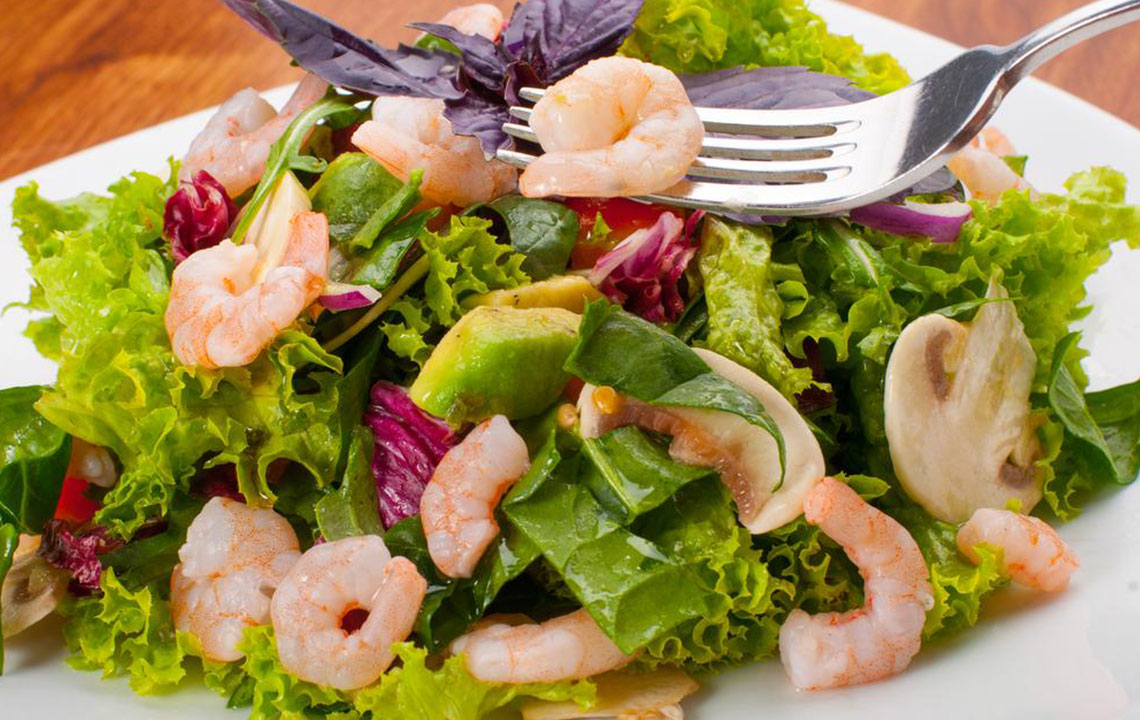The Best Diet for Acid Reflux to Following Immediately

Do you suffer from heartburn frequently? It could be a case of Acid Reflux Disease, also known as GERD, i.i., Gastroesophageal Reflux Disease.
Normally, during the process of digestion, there is a sphincter at the mouth of the stomach, that closes once you’ve finished eating. Then, the contents move into the stomach, where it is digested with the help of digestive enzymes.
During the digestion process, acids are released. If the sphincter does not seal itself completely or opens too often, the acid flows back into the esophageal tract and causes heartburn. If this condition persists, you are suffering from acid reflux.
Causes
- A stomach abnormality known as hiatal hernia is a common cause of acid reflux.
- Lying on your back or bending over the waist, after eating a heavy meal.
- Being overweight and obese.
- Consuming certain foods can cause acid reflux. These include tomatoes, garlic, mint, onion, spicy and fatty foods.
- Smoking.
- Consumption of alcohol, coffee, tea and carbonated beverages.
- Snacking just before retiring for the night.
- Pregnancy.
- Blood pressure medication, certain muscle relaxers, common drugs like aspirin and ibuprofen also cause acid reflux
Symptoms
The common symptoms are heartburn, where the burning sensation extends from the chest to the throat and regurgitation. A bitter-tasting and sour acid backs into your throat and mouth.
Other symptoms that show up include nausea, bloating, continuous hiccups, burping, bloody/black stools, vomit covered with blood, dysphagia, unexplained weight loss, dry cough, wheezing, hoarseness, and chronic sore throat.
Diet and lifestyle changes can help in reducing the symptoms of acid reflux disease. A diet for acid reflux is crafted by excluding foods that can trigger the symptoms and make them worse.
Dietary Changes
Acid reflux disease can cause a lot of discomfort. Dietary changes help to reduce the symptoms by excluding certain foods. Eating small and frequent meals rather than eating three large meals in a day, can greatly help in alleviating the symptoms. Similarly, reducing the proportion of fatty foods in your diet also helps.
A healthy and balanced diet is the key to fighting illness. While there is no particular diet that can prevent acid reflux, including certain foods in your diet can help in reducing the symptoms.
Foods That Can Be Included In Your Diet
Vegetables
All vegetables are low in sugar and fat, which helps in reducing stomach acid. Vegetables that help prevent acid reflux include—cucumber, leafy greens, broccoli, beans, cauliflower, asparagus, and cauliflower.
Oatmeal
Oatmeal has a lot of fiber and is a whole grain food. It absorbs the excess stomach acids and reduces the symptoms.
Ginger
Ginger is an anti-inflammatory agent. It has been used since ages to treat digestive problems, including heartburn. Ginger tea can also soothe your digestive system.
Non-Citrus Fruits
Certain fruits, though being an excellent source of fiber and vitamins, can aggravate acid reflux symptoms. Include non-citrus foods in your daily meal. These include pears, apples, bananas, and melons.
Egg White
Eggs are a good source of protein. However, the egg yolk can trigger acid reflux symptoms, because of their high fat content. If you prefer to include eggs in your diet, choose only egg whites.
Lean Meats
Lean meats like fish, turkey, seafood, and chicken are low in fat. Avoid frying them. Instead, you can bake, grill, poach or boil these meats.
Healthy Fats
Intake of healthy fats can keep your cholesterol levels in check. Managing your weight can also reduce acid reflux symptoms. Include olive oil, flaxseed oil, sunflower oil, avocados and walnuts in your daily diet for a good dose of healthy fats and, thus, prevent acid reflux.
Foods To Avoid
If you suffer from acid reflux, it’s recommended to keep the following foods off from your diet. It is possible to control the symptoms associated with acid reflux, by eliminating such foods from your diet.
Foods high in fat content
High-fat foods like potato chips, creamy salad dressings, bacon can aggravate acid reflux symptoms. The fat content in them, causes the esophageal sphincter to relax, allowing stomach acids to move up the food pipe. It’s best to diet for acid reflux.
Chocolate
Chocolates have methylxanthines that relax the smooth muscle in the sphincter and cause an acid reflux. A diet for acid reflux cannot include chocolate.
Citrus Fruits
Citrus fruits are highly acidic in nature and can your condition. If you have this acid reflux, avoid eating citrus fruits like tomato, lemon, orange, pineapple, grapefruit, and lime in your diet.
Caffeine
Caffeine is a potent trigger for acid reflux. Many people experience the symptoms immediately after consuming coffee, which has a lot of caffeine in it. Caffeine needs to be excluded from your diet for preventing acid reflux.
Mint
Mint leaves and mint used in chewing gums can trigger acid reflux symptoms.
A healthy lifestyle and diet for acid reflux can easily help you any further pain. Identify foods that trigger the symptoms, and exclude them from your diet. An active lifestyle can help in beating acid reflux to a large extent.


